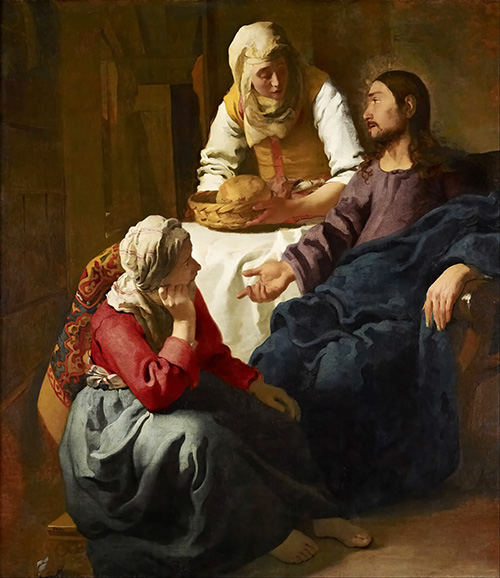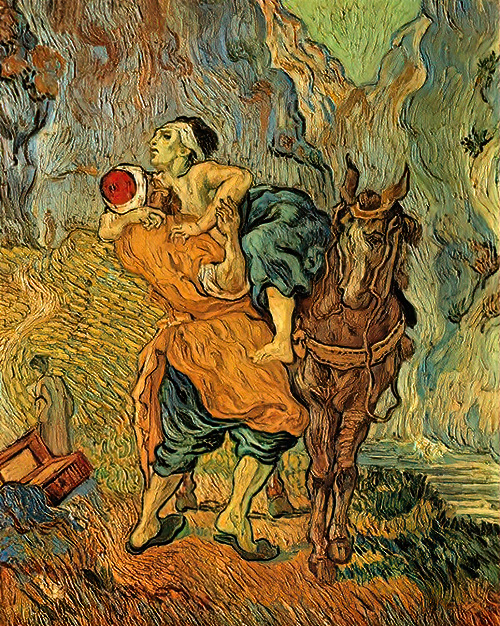During these chilly winter days, many of us, before we venture outside, will put on what is known as a ‘topcoat’ or an ‘overcoat’.
On most occasions, this garment is worn over or on top of the clothes I am already wearing, thus providing an extra layer for warmth and protection from the cold and/or the rain.
A phrase used by St Paul with a degree of frequency is the phrase, “clothe yourself in Christ.” The phrase occurs in St Paul’s Letter to the Romans, again in his Letter to the Philippians, in 2Corinthians, and today’s second reading from the letter to the Church at Colossae.
Few of us would consider taking an item of clothing off before we put our outdoor coat on – hence the name “overcoat”. The result is certainly improved warmth. However, it can also mean an increased bulkiness and a somewhat increased weight for our shoulders to carry.
St. Paul’s admonition to put on Christ, I suggest, is not as an overcoat on top of everything else; rather, as he says to us in today’s Second Reading, to the Church community at Colossae, “ you have stripped off the old self with its practices and have clothed yourselves in the new self.” (Col. 3: 9 – 10).
Maybe, we are being invited to become snake-like. Snakes shed their skin as much as four times a year. Put simply; snakes shed their skin because it doesn’t fit anymore or because it’s old or worn out. While the snake’s body continues to grow, its skin does not. The snake will rub its head on something abrasive—like a rock—to tear open the outer layer. It then works on the tear, crawling through tight quarters, sliding out of the skin, leaving the old skin inside out, much like a child peeling off a sock.

There may be a metaphor here as we journey in our life in Christ – to put on Christ, we may need to take something off. There may be a protective layer which is beyond its use by date and prevents the “life of Christ” from being worn!
This is not easy because it has been a ‘protective layer’, and I surmise we are all after protection. To remove our “old self”, as St Paul describes the process, again, we might learn from the snake – it needs to crawl through tight spaces, rub up against something abrasive, and in doing so, the skin is peeled away. A thought, rather than running away from abrasive moments and tight spots, we welcome them as clearing spaces for the old. The intriguing element of the snake shedding its skin is that the new skin is present under the old. That abrasive moment or tight spot may well be the growing and revealing spot. The “life of Christ” is already present. Unfortunately, I am clothed too much to know!
The Irish author and poet John O’Donohue wrote, “The greatest privilege of a human life is to become a midwife to the birth of the soul.”


 (1632 – 1675). Vermeer is best known, surely, for his painting titled “Girl with the Blue Earring”, and his works are among the greatest treasures in the world’s finest museums. Vermeer began his career in the early 1650s and one of his earliest works is a large-scale biblical scene with the title “Christ in the House of Martha and Mary”. The artwork dates from 1654 and hangs in the National Gallery, Edinburgh, Scotland.
(1632 – 1675). Vermeer is best known, surely, for his painting titled “Girl with the Blue Earring”, and his works are among the greatest treasures in the world’s finest museums. Vermeer began his career in the early 1650s and one of his earliest works is a large-scale biblical scene with the title “Christ in the House of Martha and Mary”. The artwork dates from 1654 and hangs in the National Gallery, Edinburgh, Scotland.